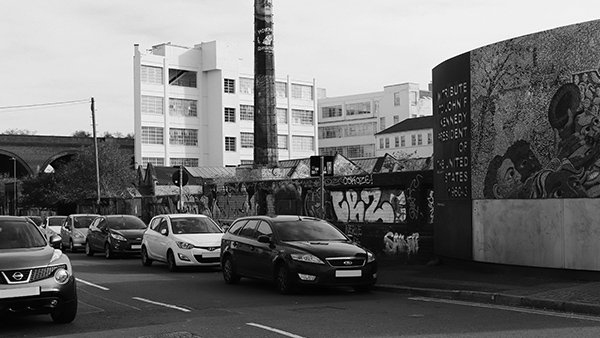Comment
Townscape: what is it and why is it important?
Continuing our 10 years of Turley Heritage series, Senior Consultant in Landscape, Townscape and VIA, Kate Dowdall explains exactly what townscape is.
Having originally trained as a landscape architect, my role at Turley is as a townscape and visual impact consultant, and in my experience, ‘townscape’ can be hard to define but describing the ‘visual impact’ of a project is something much more tangible and easily understood. News of how the latest tall building is impacting a protected view often crops up in the newspapers. For example, one of the most famous debates of recent years focuses on how the Manhattan Loft Gardens in Stratford affects the London View Management Framework (LVMF) protected view from King Henry’s Mound in Richmond Park to St Paul’s Cathedral.
But how do you describe townscape character? Natural England provides a good starting point; ‘Townscape, like the rural landscape, reflects the relationship between people and place and the part it plays in forming the setting to our everyday lives. It results from the way that the different components of our environment – both natural and cultural - interact and are understood and experienced by people’ (Natural England, 2014).
This is something far more intangible than the explanation of visual impact. The key words for me are the relationship between people and place. This can be drilled down into three key areas:
- Physical – architecture, skyline, streetscape, topography, scale and massing
- Cultural/ social – land use, cultural expression, land ownership
- Perceptual/ Aesthetic - movement, sight, touch, sounds, memories, condition, associations
One of our recent projects in Birmingham, Digbeth, provides an interesting example of townscape in action and the importance of the relationship between people and place. Set within two conservation areas, the district is an interesting melting pot of cultural 21st century industries; street art, buzzing cafes and entertainment spaces and more traditional industry of warehouses, workshops and canals. A much loved area of Birmingham for its almost gritty character, the challenge for our multi-disciplinary team of both Turley and external consultants was to introduce development into the area which respected both the physical character of a traditionally industrial low density area, with higher density modern development that doesn’t gentrify the special character of the area.
Our Heritage and Townscape team supported the design team through an iterative process which involved testing of scale and massing, creation of design codes which will inform future detailed site applications and create a set of standards by which future development can occur. A series of character areas was created within the masterplan which resulted in an application that has bespoke solutions to each zone of the estate and detailed proposals for key sites.
The challenge of understanding the intrinsic character and qualities of Digbeth and the relationship between its distinctive physical and perceptual characteristics, led the design team to create a sensitive solution which respects both the people and place of Digbeth, whilst introducing greater density to the area through new development.

So how does a townscape consultant support the design team, and what added value can we bring to a project? I see myself as a critical friend who supports the client and design team by helping to ensure proposed development has been well considered in relation to the character of the area, which in turn ensures a project has a stronger relationship with its surroundings.
For more information on the work of our Heritage and Townscape service, please contact a member of the team.
18 January 2021